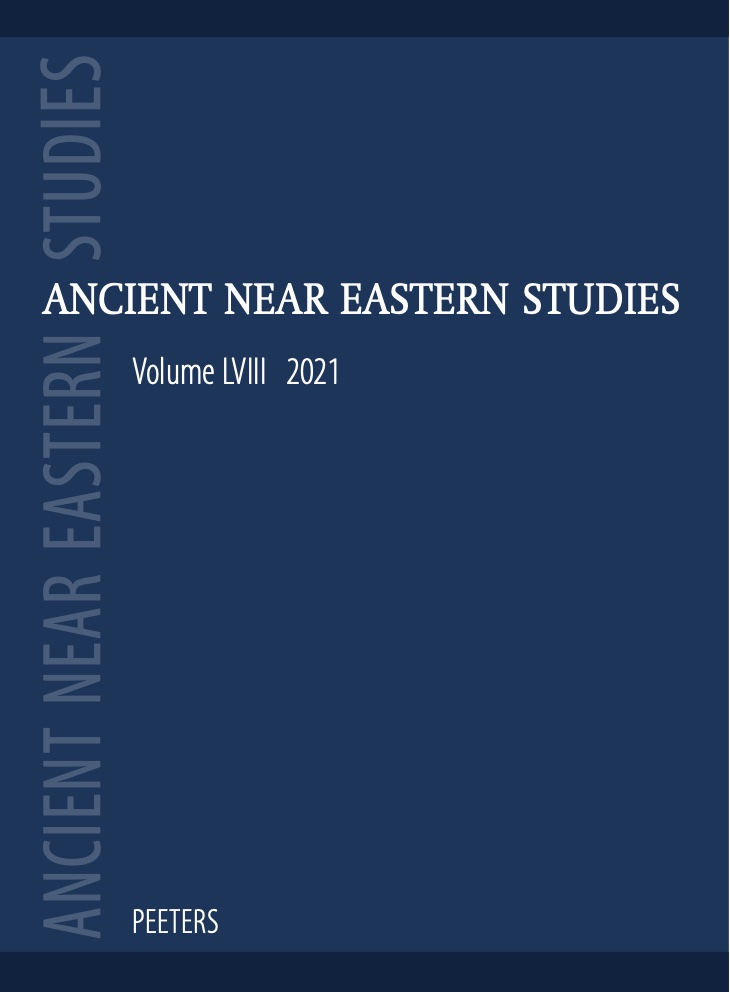 previous article in this issue previous article in this issue | next article in this issue  |

Preview first page |
Document Details : Title: Historical Continuity in Rural Architecture Subtitle: The Traces of the Bit Hilani Building Tradition in Adiyaman-Kahta, Turkey Author(s): ERARSLAN, Alev Journal: Ancient Near Eastern Studies Volume: 51 Date: 2014 Pages: 279-316 DOI: 10.2143/ANES.51.0.3038723 Abstract : Cultural values and traditions are what make societies survive. While these values comprise the histories of societies on the one hand, on the other they provide cultural continuity that can be passed on to future generations. The undeniable relationship between the past and the future, prevailing across history, exists in the field of architecture as well. This paper will try to show that the bit hilani, a type of plan originating from Anatolia/Northern Syria, still survives with its basic architectural characteristics representing 'architectural continuity' in the rural architecture of Kahta in Adıyaman. The term 'bit-hilani-like structures' is not used here as a flexible term, but intentionally to specifically define the houses in the region. But to be careful, terms such as bit-hilani-like or bit-hilani-type structures and hilani-style structures are used. Kahta’s hilani-like structures occupy an important place within the concept of architectural continuity. Here, the most fundamental factor determining the plan of the houses is the historical element and all the structures have a strong affinity with the architectural tradition of the region. The continuity of the special character of the buildings in the villages, which exhibit a noticeably homogeneous societal structure, constitutes the memory of history in the region. These houses, rooted in history as the symbols of past in the region, make us acknowledge today that bit hilani is still alive with some local adaptations. These structures should be understood as a local heritage of historical hilanis tradition. |
|


